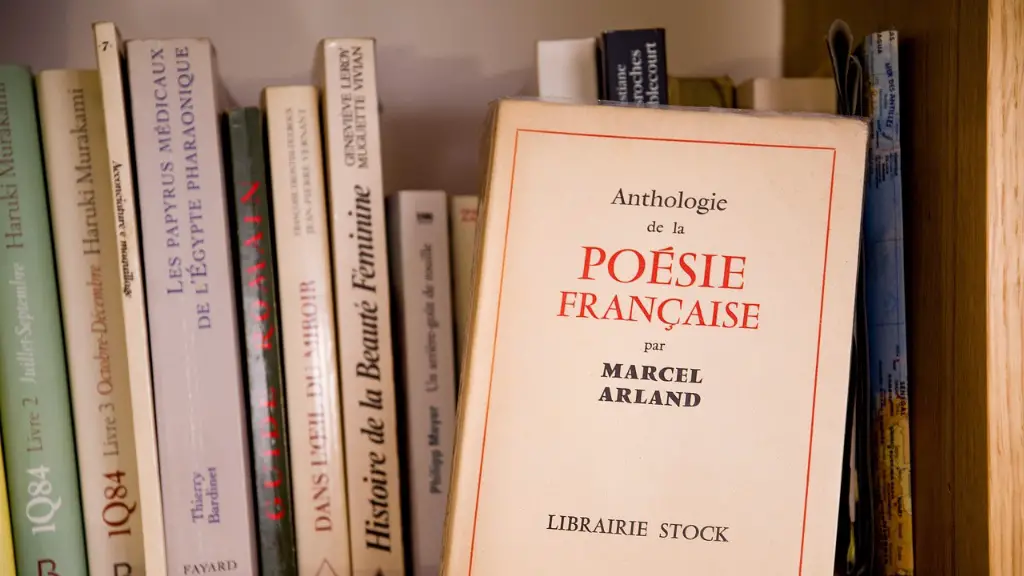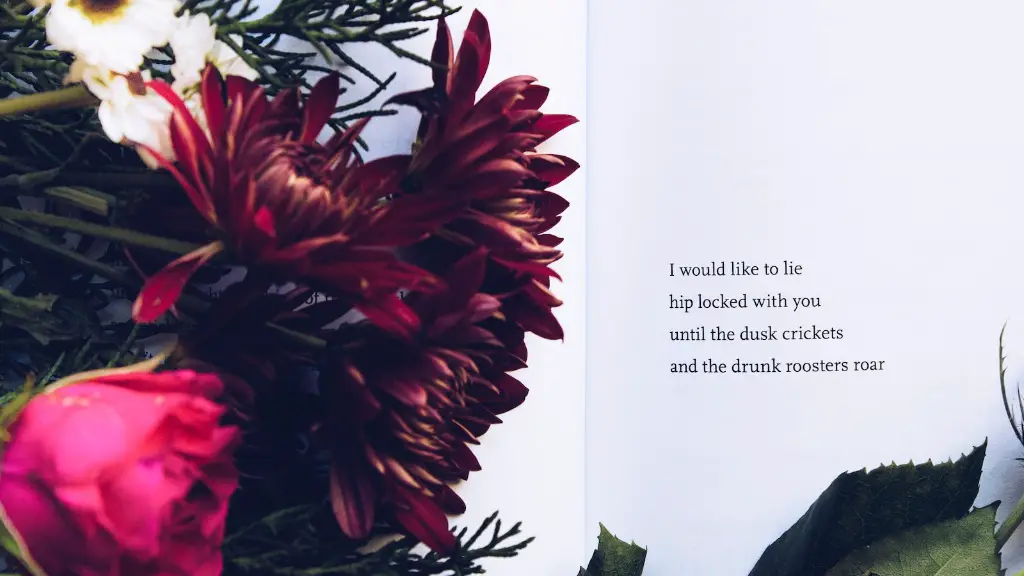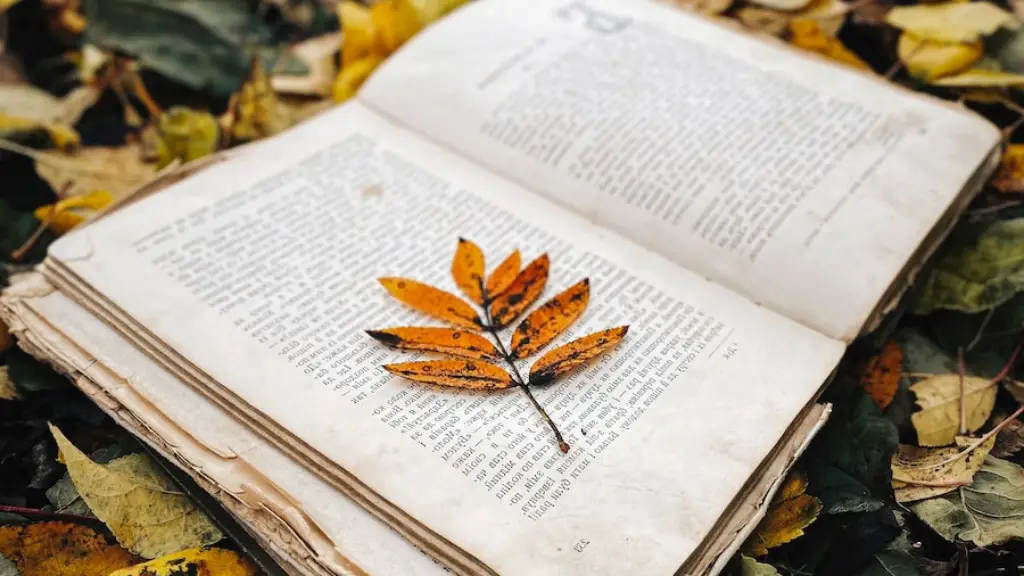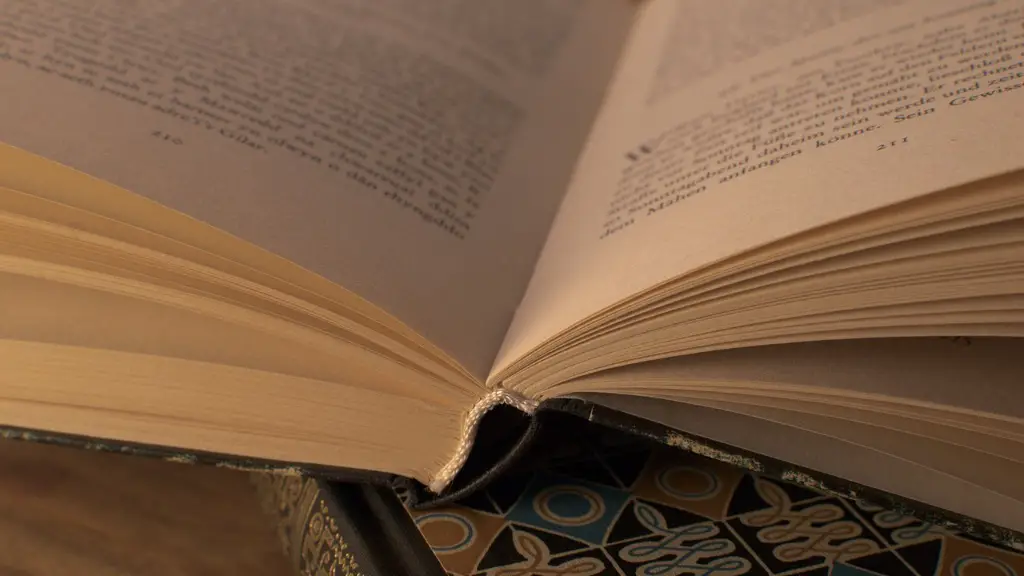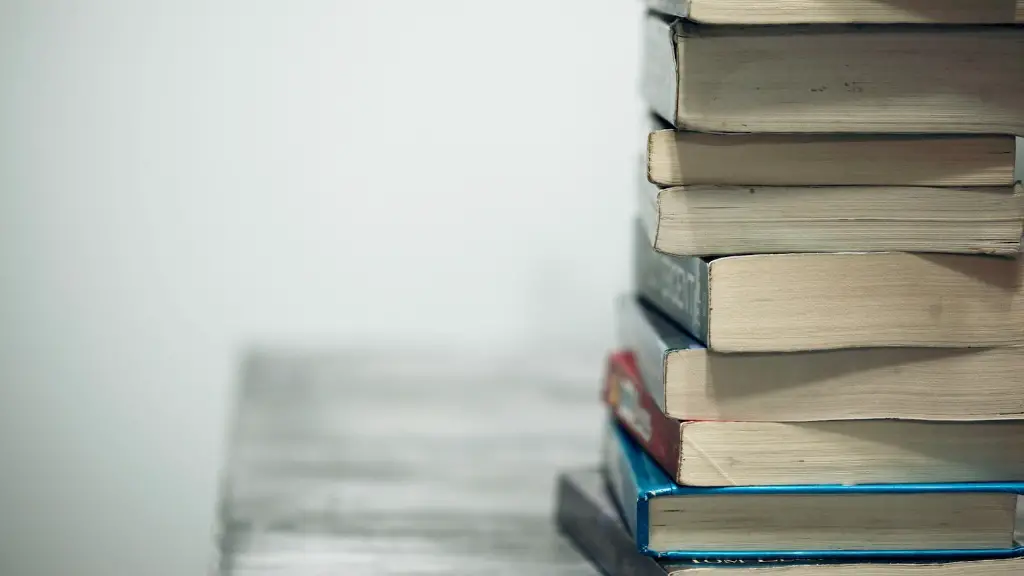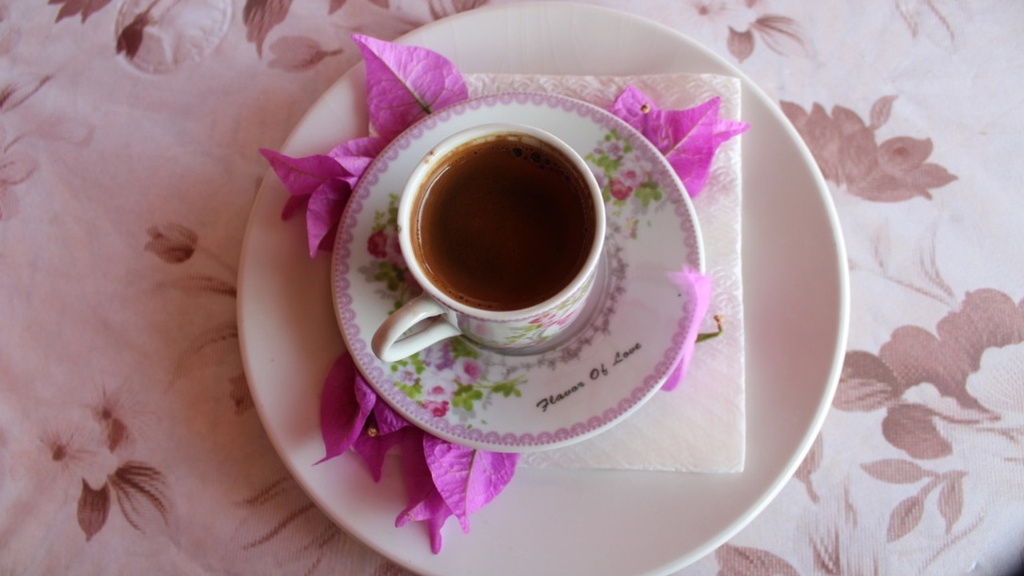Spoken word and slam poetry have been around for generations and have been entertaining, inspiring and educating audiences since time immemorial. But do you really understand the distinction between the two forms? The appreciation of either form requires an understanding of the differences and subtleties between each.
Spoken word is typically emotional, highly personal and structured with a formal start, rising tension in the middle, followed by a dramatic climax and ending. It is often symbolic and metaphorical, and traditionally spoken against a backdrop of music. It is used as a form of protest, protest against the oppressor, widely used in the civil rights movements of the 60’s, and still seen today. It is widely used nowadays in the world of hip-hop and rap, but can also be found in more traditional styles of literature.
In comparison, slam poetry is more improvisational and less structured. It often has a beat, as many slam poets use music to accompany their words. It is frequent in performance poetry circles and competitions, as it is often humorous and funny, which is not necessarily the case for spoken word. Slam poetry is performance-oriented and inclusive of the audience, aiming to engage, interact and make them a part of the performance.
Although both spoken word and slam poetry are written for performance, spoken word is traditionally more personal and may not always require audience participation. It is more accessible and does not require any prior knowledge of music or poetry, and it can be performed just using the words and the performer’s voice.
Slam poetry, on the other hand, is more heavily dependent on audience participation and is often more humorous and humorous. It is also more dynamic, as it is performed with music and sound effects and often incorporates multiple poetry styles.
Experts believe that both spoken word and slam poetry are important means of expression and are integral to any culture. They can be used to express something of personal importance, or to spark a political debate. While both have a particular purpose and audience, there are no hard and fast rules as to which one is better, more powerful or more effective.
An analysis of each form by experts reveals that spoken word relies heavily upon visual imagery and the tone of voice of the performer to convey a message. The performance of slam poetry, however, involves the use of props and actions, as well as sound and rhythm, to create a livelier, more exciting show and to bring the audience into the presentation.
Emotional triggers in slam poetry
Emotional triggers are an important element in slam poetry and can be used to provoke the audience and make an impact on their emotions. Slam poets use various techniques to inject emotion into their words and create an impact, such as using metaphors and similes, rhetorical questions, and unexpected pauses. These are all effective tools to break the expectations of the audience and to evoke emotion.
Slam poetry can also be used to create a sense of connection between the audience and the performer. By addressing the audience directly, the poet can establish a bond and invite them to become a part of the performance. This can help to create an atmosphere of openness and trust where the poet can then explore deep and meaningful themes with the help of their language.
Moreover, in slamming, words are used in unconventional ways and exaggerated to create powerful images. This often serves as a stark wake-up call to the audience and helps to drive the main points home. When compared to spoken word, these tools can create a deeper impact, as emotions are highly involved in the process.
Subtle differences in spoken word
Although spoken word and slam poetry have similarities, they have some subtle differences which can be identified by experienced poets. Spoken word is often more emotionally driven and can be performed with piano accompaniment, whereas slam poetry is often more improvised and humorous, and often accompanied with percussion. Also, slam poetry often engages with the audience more directly, offering them an opportunity to take part in the performance. This can create a sense of unity and togetherness, which is not always seen in spoken word performances.
Moreover, spoken word often employs symbolism and metaphor to tell stories, whereas slam poets often use rhetorical questions and unexpected pauses to elicit an emotional response from the audience. Finally, spoken word is often more like a narrative, written to be read in the head, whereas slam poetry is more intense, often combined with physicality, visuals, and props.
Educating through poetry
Performing poetry can be a powerful tool to educate and empower people, as it allows poets to unveil the injustices and social issues that they face in their daily lives. The combination of performance and words can create a more profound message that is often seen as more impactful than written words alone. As such, slam poetry has gained much more popularity in recent years, as it is seen as playful and energizing.
Moreover, spoken word and slam poetry have seen a huge surge in recent years, as it has often become an integral part of the protest and civil rights movements. As protests around the world continue to become more popular, so does the genre of poetry, as both spoken word and slam poetry provide a powerful voice for the voiceless.
At the same time, spoken word and slam poetry have also become a highly competitive art form. Various platforms now host competitions where poets from all over compete in order to win prizes and acclaim. These competitions are a testament to the power of spoken word and slam poetry and how it has evolved over the years.
Appreciating both styles
At the end of the day, both spoken word and slam poetry are powerful means of expression, and both require skill and dedication to perform. Whether it be an intense performance of spoken word or an upbeat show of slam poetry, audiences can appreciate both styles.
Moreover, the choice of one style over the other will often come down to distinction and preference, but each style has its own unique strengths and benefits. So whether you are a spoken word enthusiast or a slam poet, you can enjoy both styles and appreciate the power of poetry.
Techniques used by poets
In either form of poetry, poets employ a wide range of techniques to convey their points in the most moving way. Through the use of symbols and metaphors, poets can illustrate their points in a vivid way, often without resorting to complex language. Poets use irony, satire, and humor to present the lighter side of things, while also provoking thought. By taking reality and turning it into something beautiful and absurd, poets bring the audience an experience that is meaningful and thought-provoking at the same time.
Aside from the use of language, poets are also known to use visuals, props, and body language to illustrate their words. These elements help to bring the performance to life, and enhance the overall effect of the poem. Through the use of visuals and body language, poets can express emotion and create a connection with their audience.
Furthermore, music and sound also form an integral part of either form of poetry. Music can help create a mood and enhance the atmosphere, and has the potential to evoke emotion and evoke feelings of nostalgia.
Conclusion
Without a doubt, spoken word and slam poetry remain powerful forms of expression, and each carries its own unique set of tools which can be used to create powerful performances. In the end, it is up to the audience and the poet to decide what works best for them.
